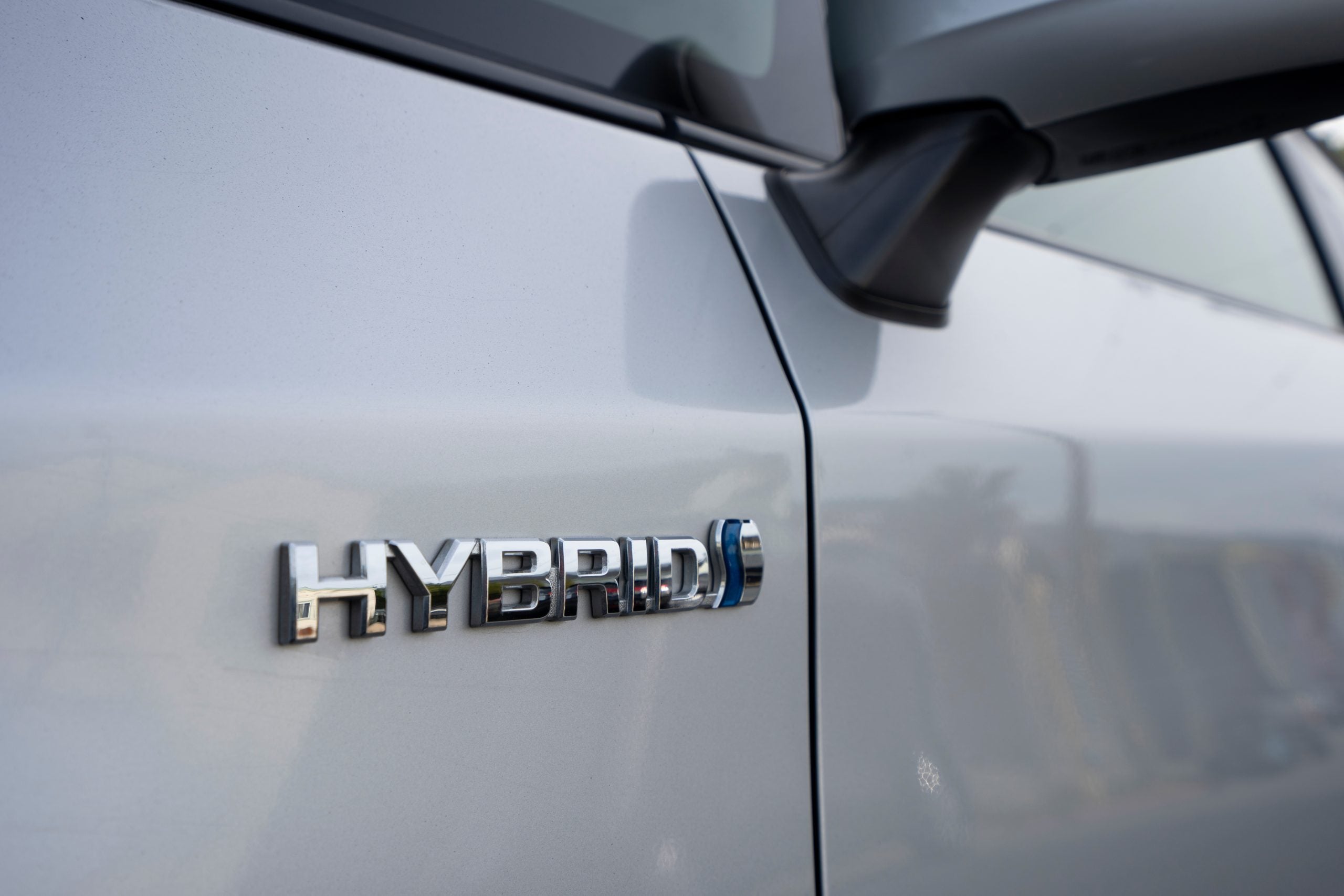Many automotive manufacturers have been making headlines by declaring production mandates of all electric fleets by certain years in the future, which in some cases at least is a leap before a look.
General Motors, Dodge, Volvo, Ford, and Honda, among others have declared 80 to 100 percent battery operated vehicle goals, and many of these plans have end dates from 2030 to 2040. This is an ambitious goal to say the least, mostly because of supply chain issues, technology lag, and infrastructure limitations.
The EV manufacturer with the most high voltage vehicles sold worldwide is Toyota, which has used the Prius hybrid to gain a foothold in markets globally.
According to Green Car reports, Toyota has sold more than 15 million hybrid cars, each containing technology shared with battery-only electric vehicles but with the safety net of a gasoline engine.
With that much experience and development investment, one would think that Toyota would be on the forefront of EV development. That is why it was such a surprise to most of the car community that they have changed their strategy moving forward.
It appears the company is looking before making a potentially costly leap.
MORE: MotorHeadline: The boozy beginnings of NASCAR
Motortrend magazine reported in September about comments that Toyota CEO Akio Toyoda made in regard to his company’s lack of EV offerings. Toyoda gives broad warnings about these ambitious goals, from manufacturers and governments, on EV production mandates.
Citing technology limitations and lack of support infrastructure Toyoda says he doesn’t think these goals are realistic. A month later, Motortrend reported that Toyoda has axed plans for two full EV models and a re-evaluation of their plans moving forward.
This past week, via an online presentation, Toyota touted its Generation 5 Prius Hybrid, with almost 100 more horsepower and a ten percent increase in efficiency. While other car companies are phasing out hybrid vehicles to focus on battery only vehicles, Toyota has taken what has worked beautifully for the past 25 years and improved it.
More and more people that I know tell me they are considering a Prius for the first time ever. If you haven’t seen the specifications for the new Prius, give them a look.
I believe this will be a short-term plan for Toyota as it moves forward to a new type of car market. A car company has many parts, and the cars at the dealer lot are just one component.
MORE: MotorHeadline: Model names are part of the legacy and should be handled with care
Lofty year benchmarks for full EV production may make shareholders of the company’s stock excited, but in reality, the roll out has to be executed carefully. In the end, the consumer is who matters the most, and many buyers are not as ready as the manufacturer to take the EV dive no matter how good it looks on paper.
The automotive history graveyard is full of ambitious ideas that ultimately turned into costly disasters.
Toyota seems to understand this and is taking a conservative approach, and the market will ultimately decide if that is wise or not.
As for me, I will see you on the road!
Taylor Bryant is an automotives instructor for Augusta Technical College.











